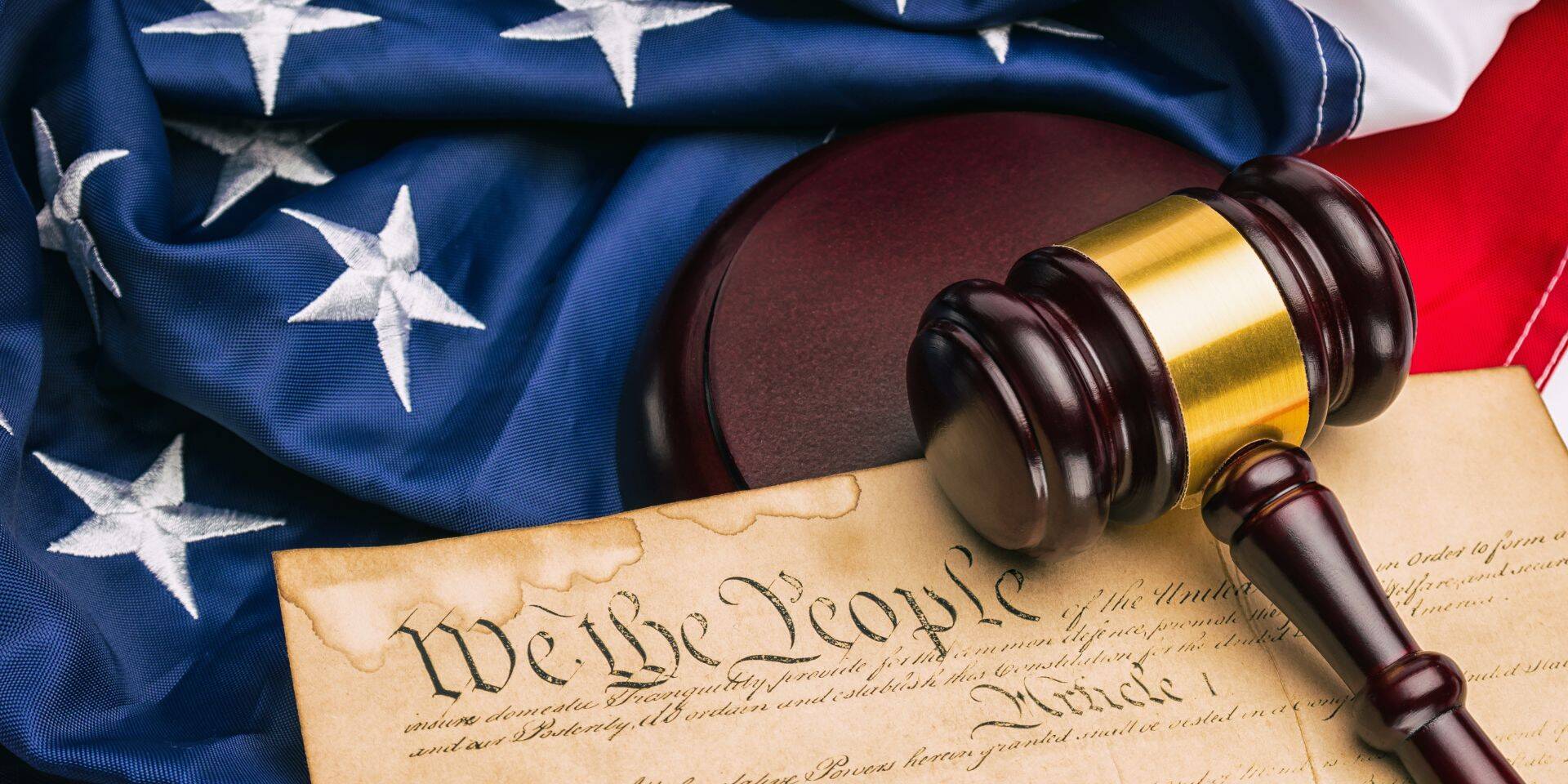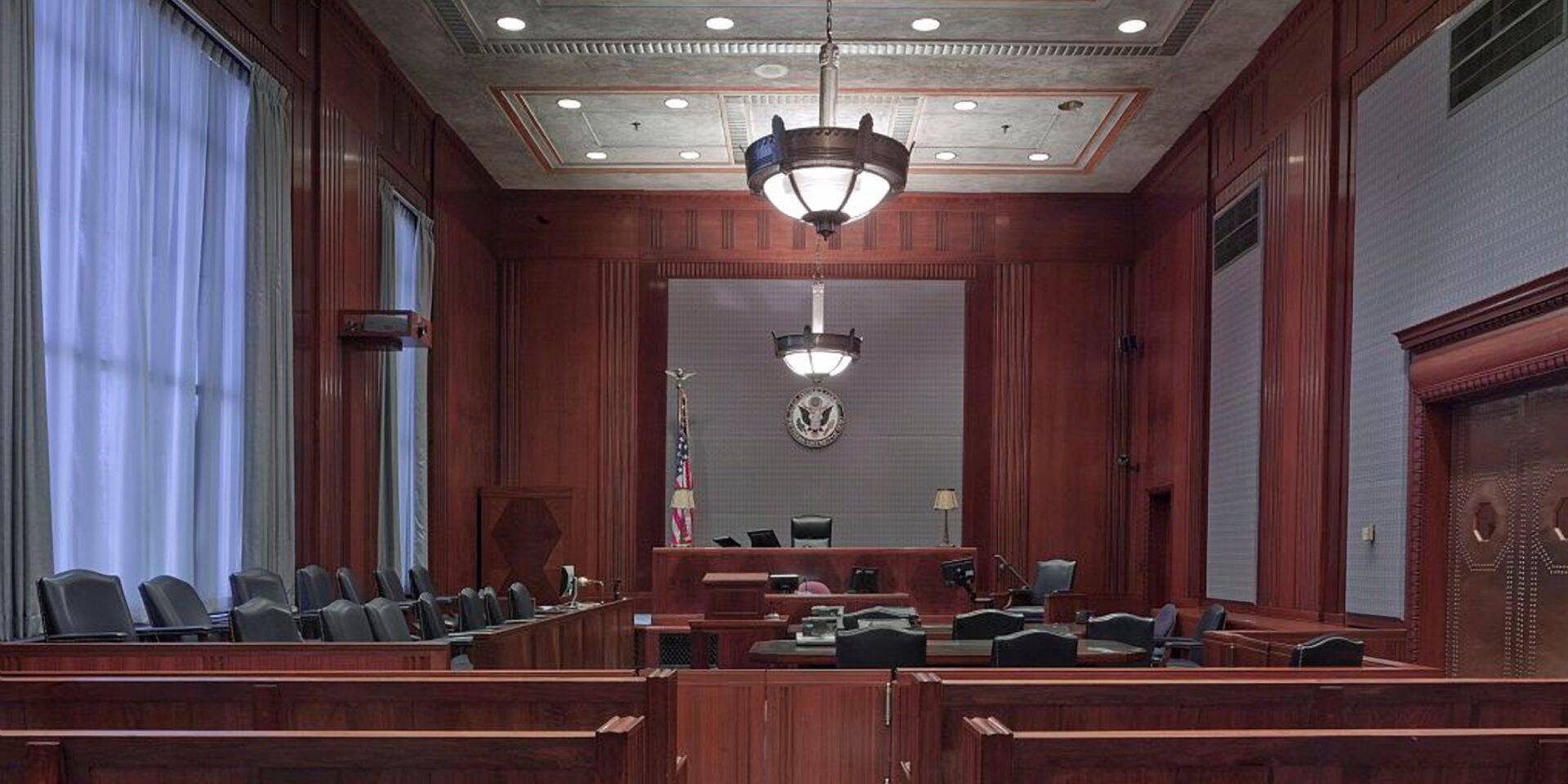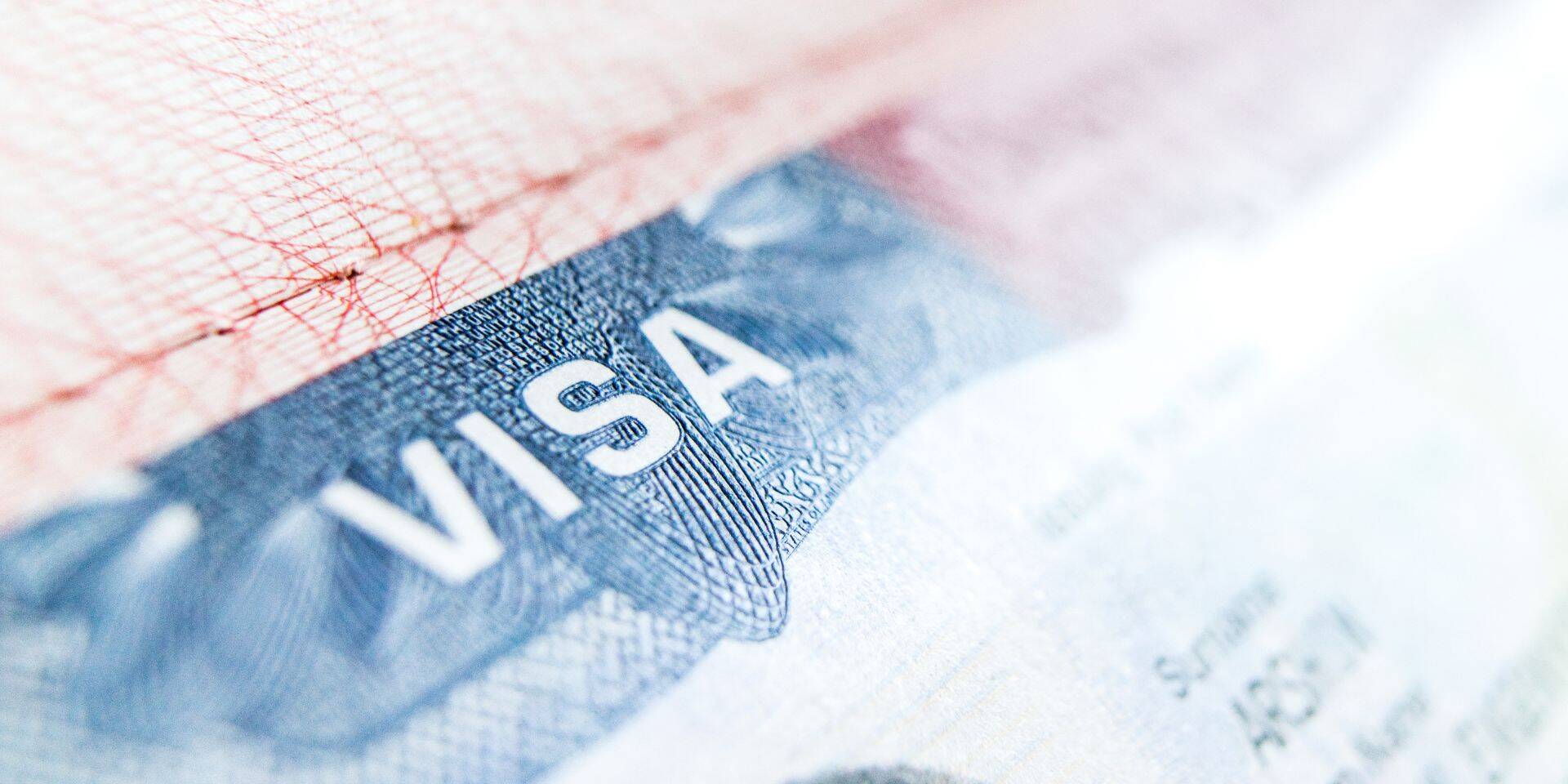The H-1B program requirements can be complex to navigate, particularly for companies that are part of a larger employer group. Related entities must be considered when making determinations regarding H-1B dependency and calculating the required fees. The impact of related entities on the H-1B program, specifically as it relates to the aggregation of employees for H-1B dependency determinations and USCIS fees, is detailed here. We also provide helpful insight regarding the multiple petitions rule for cap-subject H-1B petitions, which specifically affects related entities.
Related Entities and H-1B Dependency
To be deemed H-1B dependent, an employer must have:
- 25 or fewer full-time equivalent employees and at least eight H-1B nonimmigrant workers,
- 26-50 full-time equivalent employees and at least 13 H-1B nonimmigrant workers, or
- 51 or more full-time equivalent employees of whom 15 percent or more are H-1B nonimmigrant workers.
For Employers deemed H-1B dependent, additional attestations must be made on the Labor Condition Application (LCA), unless the H-1B petition is being filed for an “exempt” H-1B nonimmigrant. An individual is considered exempt if they hold a Master’s degree or higher related to the position or if they earn a minimum of $60,000 annually. If not, an employer must meet several additional requirements before filing the H-1B petition. If you have questions about the additional steps required for H-1B dependent employers filing for non-exempt nonimmigrants, please read the full guide on this topic. Because additional steps are required, H-1B employers must be very careful in determining whether they are considered H-1B dependent. If an employer is part of a larger employer group, this can be more complex.
Under the Internal Revenue Code, all employees “within a controlled group of corporations” will be treated as the employees of a single employer. A “controlled group of corporations” is a parent-subsidiary controlled group, a brother-sister-controlled group, or a combined group. Read the guide for definitions of each entity type.
If your company is part of one of these defined groups, each company within the group needs to be included in the H-1B dependency calculations. In other words, you must consider the total number of employees in the employer group as well as the total number of H-1B employees in the employer group when determining the percentage of H-1B employees. If the total number of H-1B employees within the employer group meets the percentage threshold for H-1B dependency, you must mark the LCA “H-1B dependent” even if the percentage is not met within your individual company. Then, if you are filing for a non-exempt employee, the additional steps and attestations must be met.
Related Entities and ACWIA Fees
American Competitiveness and Workforce Improvement Act (ACWIA) fees are paid by an H-1B employer when filing an H-1B New, Transfer, or First Extension petition. The ACWIA fee amount is determined by looking at the total number of employees at the company. For the ACWIA fee, the employees of affiliate and subsidiary companies are included in the calculation for the total employee count. Importantly, for ACWIA purposes, the employees of the parent company of a petitioning employer should not be counted. For further information regarding what is considered a subsidiary or affiliate, please read our full guide on this topic.
Related Entities and the Public Law Fee
By contrast, related entities do not affect the Public Law fee. The Public Law fee is the additional $4,000 fee imposed on H-1B petitioners with 50 or more employees, with at least 50% on H-1B. The Public Law fee is required for H-1B New and H-1B Transfer petitions. When determining whether the Public Law fee applies, look only at the H- 1B petitioning company’s employees; the employees of any affiliate, subsidiary, or other related entity are not considered.
Related Entities and the Multiple Petition Rule
Finally, related entities should be very careful when filing H-1B cap-subject petitions. The multiple petition rule states that an employer may not file, in the same fiscal year, more than one H-1B petition on behalf of the same H-1B beneficiary, if the H-1B beneficiary is subject to the annual cap. Importantly, USCIS extends this rule to all companies acting in concert, even if there is no legal relationship between the companies.
Previously, ILBSG challenged the USCIS interpretation of “related entities” and forced the agency to provide much-needed official guidance. As a result of our appeal to the Administrative Appeals Office (AAO), USCIS formally clarified that “related entities” include H-1B petitioners, whether related through corporate ownership and control or not, that file cap-subject H-1B petitions for the same beneficiary for substantially the same job.
In other words, if two companies file cap-subject H-1B petitions for the same beneficiary for the same end client project, USCIS will consider the companies related for purposes of the multiple petition rule.
The key to success for all H-1B efforts is a thorough understanding of the law, process, requirements, and nuances. This is best achieved by working with a highly experienced attorney. ILBSG attorneys bring vast knowledge and extensive experience to every case. We proactively pursue the best option to secure successful outcomes for all our clients. See how we can work with your company to ensure you get the right advice. Contact us today.
Related Posts
May 1, 2025
Court Rules Green Card Holder Can Pursue Unlawful Detention Suit
A New Jersey judge ruled Green Card…



